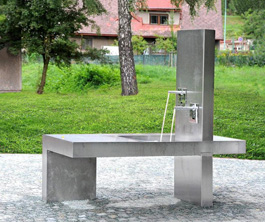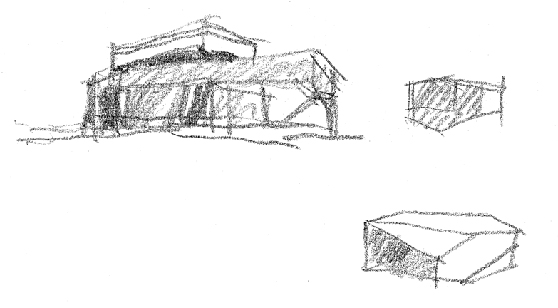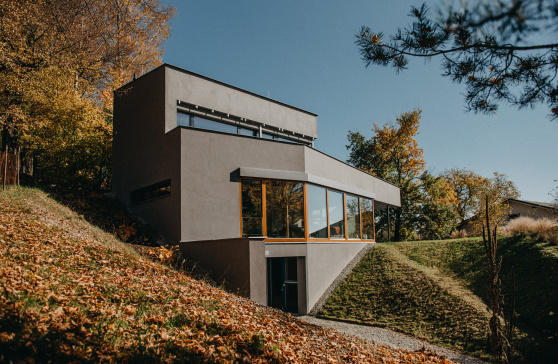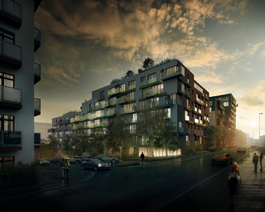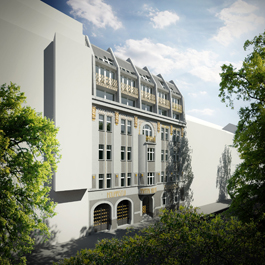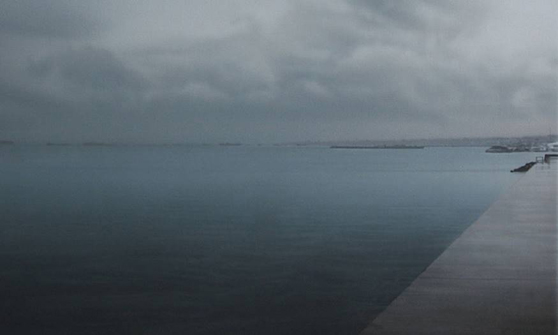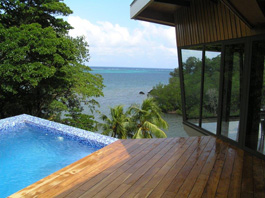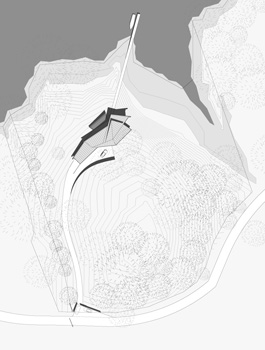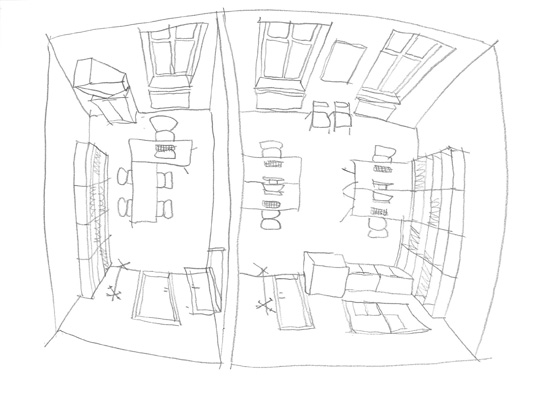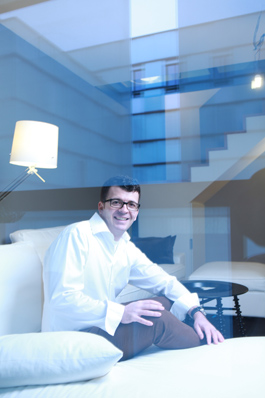 |
| David Chmelař (*1978, Náchod) studies 1997-2003 Faculty of Architecture CTU Prague2001-2002 Czech Technical University in Prague 1992-1997 VOŠS - SPŠS Náchod practice since 1998 private practice |
He did not notice a decline in construction contracts even during the past years of the construction crisis. Archiweb tried to uncover some of the reasons why these successes were achieved…



